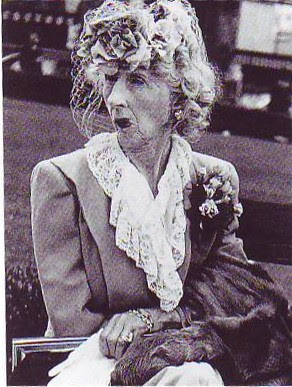
The car above isn't the best convertible ever, I just put it there as a teaser. No modern car qualifies. The modern aesthetic allows only the head to appear behind the wheel. You can't get an open car feel when you're cocooned that way.

Early convertibles had a better idea: They (above) were a sofa sitting atop a motorized carriage. The driver was high off the street and could feel the wind all over his body. Driving it must have seemed like a magic carpet ride. If you didn't look down you'd hardly be aware you were in a car. It would seem like your seat was just floating down the street.

Okay, here's (above) my pick for the best convertible design of all, the best of the best. I speak of the Stanley Steamer. It has all the advantages of the austere gas-propelled car at the top of the post but is a beautiful work of art besides. I actually had a short ride in one of these, thanks to Jay Leno.
Here's (above) a later version of the Stanley. It's still beautiful but now you have to open a door to get in and you're behind the engine rather than above it. It's a great design but I prefer the earlier green and brass model. In the newer version the driver is a functioning part of the car's steering and control rather than a god-like figure who floats above it.
Here's (above) a Mercer Raceabout. The dashboard is far in front of the driver so he still feels somewhat independent of the car. No doors, a beautiful piece of work. This is one of the last convertibles that really delivered the convertible experience. After this drivers would sit in enclosed boxes.






























